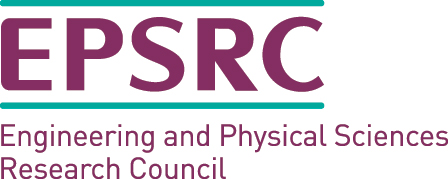Published today, 26 January 2021, online in Environmental Research Letters, by lead author and MPE Student Cathie Wells, the full text of the paper can be viewed here. The study finds that millions of kilograms of CO2 emissions could be saved on transatlantic flights, if the current organised track system was replaced with fuel-optimised routes, which are typically hundreds of kilometres shorter.
Co-authors are: Professors Paul Williams and Nancy Nichols from the University of Reading, Assistant Professor Dante Kalise from the University of Nottingham, and Professor Ian Poll from Poll AeroSciences Limited.
Abstract:
After decades of limited situational awareness for aircraft flying in the mid-North Atlantic, full satellite coverage will soon be available. This opens up the possibility of altering flight routes to exploit the wind field fully. By considering flights between New York and London, from 1 December, 2019 to 29 February, 2020, it is shown how changes to current practice could significantly reduce fuel use and, hence, greenhouse gas emissions. When airspeed and altitude are constant, the fuel flow rate per unit time is constant and the route with the minimum journey time uses the least fuel. Optimal control theory is used to find these minimum time routes through wind fields from a global atmospheric re-analysis dataset. The total fuel burn and, hence, the emissions (including CO2) are proportional to the ‘air distance’ (the product of airspeed and flight time). Minimum-time routes are compared with the actual routes flown through the wind fields. Results show that current flight tracks have air distances that are typically several hundred kilometres longer than the fuel-optimised routes. Potential air distance savings range from 0.7% to 7.8% when flying west and from 0.7% to 16.4% when flying east, depending on airspeed and which of the current daily tracks is used. Thus, substantial reductions in fuel consumption are possible in the short term. This is in contrast to the incremental improvements in fuel-efficiency through technological advances, which are high cost, high risk and take many years to implement.

Trans-Atlantic minimum fuel routes, copyright Cathie Wells






